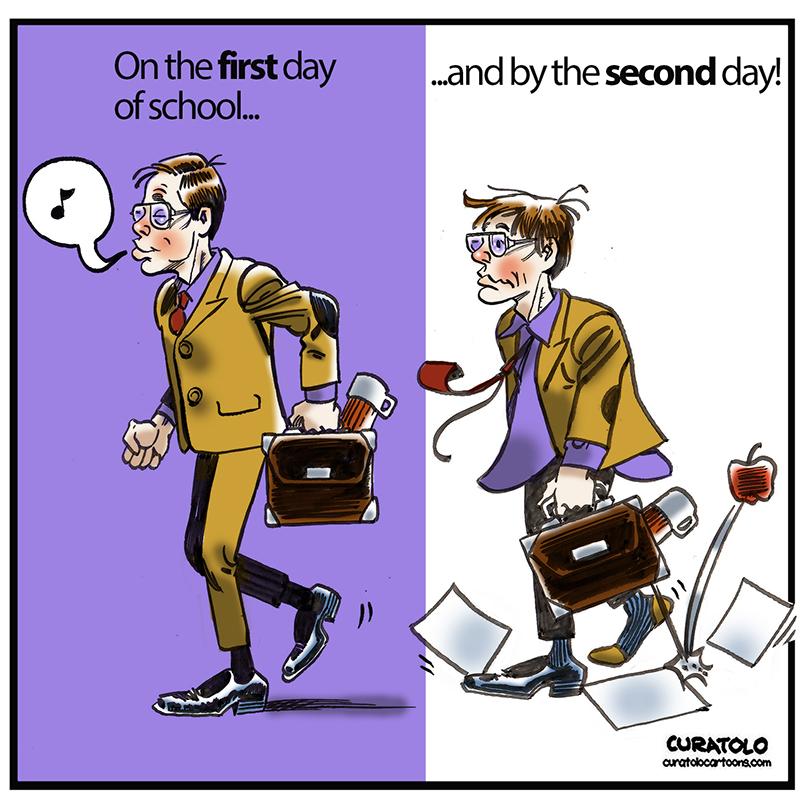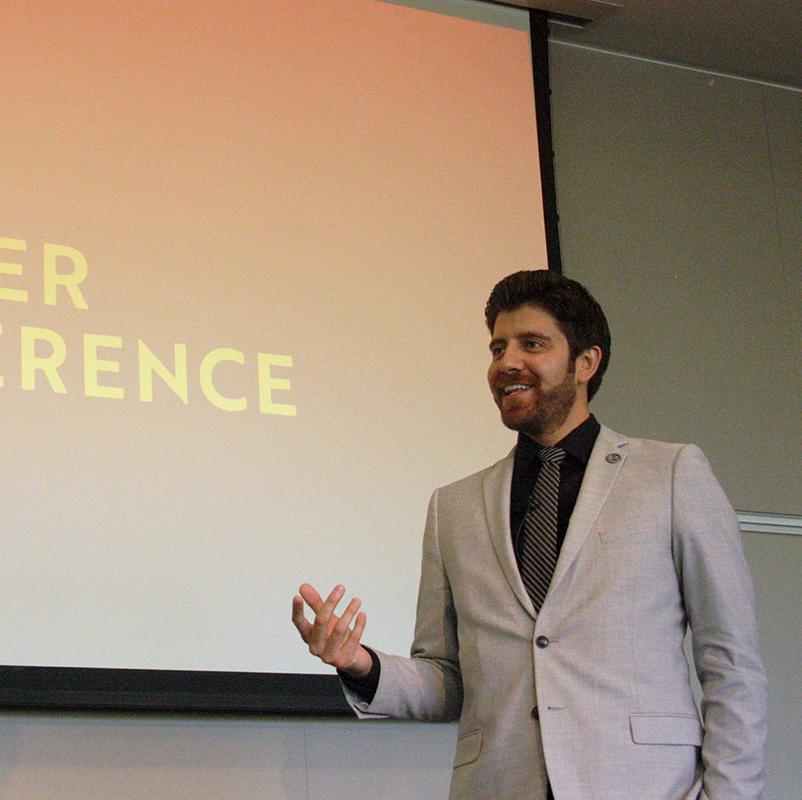For five years following the 2008 financial crisis, Alberta government finances entered a period of uncertainty. Despite oil prices fluctuating around $80 per barrel, the government began running consistent deficits for the first time in 15 years. Interestingly, school populations were actually booming, as people continued to move to Alberta at a steady pace. Government financing for education was unpredictable, often including post-budget injections of funding in order to backstop schools after inadequate budget measures.
School boards were skittish. In the spring they would let staff members go, while acting quite slowly to rehire in the fall. Between 2009 and 2014, the student population grew by 7.7 per cent, while the teaching population remained completely stagnant. Nearly 45,000 students were added to schools without any additional teachers being hired.
This pattern of uncertain funding combined with student population growth has repeated in the last four years. There was a blip of enrolment reduction during the pandemic, but the student population has recovered and since grown beyond previous numbers. Yet again, during this period we saw teacher hiring lag behind student population growth. From 2019 to 2023, student enrolment grew by 25,000 students while the teaching population actually declined by 575 teachers.
Taken together, these two periods of lag have had disastrous effects on classroom conditions. Since 2009/10, the student population has increased by 24 per cent while the teaching population increased by only 10 per cent. You don’t need advanced math to know that this has resulted in excessively large class sizes.
Alberta has by far the smallest teaching force relative to student population in the country — only three-quarters the size of the national average. We would need to hire 5,000 additional teachers to bring the relative teaching force back to where it was in Alberta in 2009.
The good news is that provincial funding for the school year ahead has been given the largest year-over year increase we have seen in years. The bad news is that school boards may still be skittish.
Total operational funding for next school year will be $450 million more than last year, with all but three school divisions receiving an increase. The average increase is 7 per cent. School boards must now do their part and hire more teachers.
Recruitment of more teachers... is vital to combat the teacher retention issues.
Now, I understand that teacher recruitment and retention issues are quickly reaching a crisis point. But all the more reason for school boards to focus on hiring. The two big hiring lags created untenable classroom conditions that have resulted in significantly increased workload and stress on teachers. This has meant more teachers on long-term leaves and more teachers choosing to retire or leave the profession early. Recruitment of more teachers into more positions is vital to combat the teacher retention issues.
With the funding increase now there, school boards just need to get the job done. ❚
I welcome your comments. Contact me at jonathan.teghtmeyer@ata.ab.ca.

ATA News Editor-In-Chief


